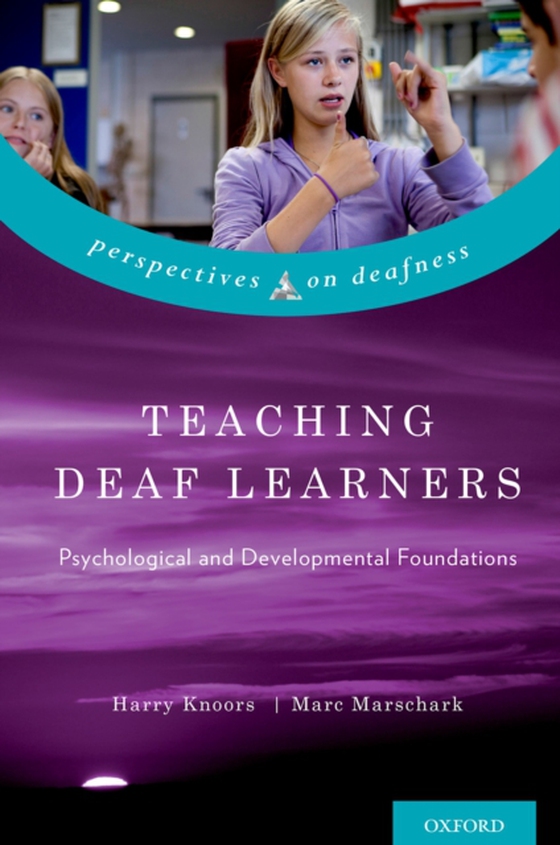
Teaching Deaf Learners e-bog
656,09 DKK
(inkl. moms 820,11 DKK)
Teaching Deaf Learners: Psychological and Developmental Foundations explores how deaf students (children and adolescents) learn and the conditions that support their reaching their full cognitive potential -- or not. Beginning with an introduction to teaching and learning of both deaf and hearing students, Knoors and Marschark take an ecological approach to deaf education, emphasizing the need ...
E-bog
656,09 DKK
Forlag
Oxford University Press
Udgivet
22 januar 2014
Genrer
Child, developmental and lifespan psychology
Sprog
English
Format
epub
Beskyttelse
LCP
ISBN
9780190213848
Teaching Deaf Learners: Psychological and Developmental Foundations explores how deaf students (children and adolescents) learn and the conditions that support their reaching their full cognitive potential -- or not. Beginning with an introduction to teaching and learning of both deaf and hearing students, Knoors and Marschark take an ecological approach to deaf education, emphasizing the need to take into account characteristics of learners and of the educational context. Building on the evidence base with respect to developmental and psychological factors in teaching and learning, they describe characteristics of deaf learners which indicate that teaching deaf learners is not, or should not, be the same as teaching hearing learners. In this volume, Knoors and Marschark explore factors that influence the teaching of deaf learners, including their language proficiencies, literacy and numeracy skills, cognitive abilities, and social-emotional factors. These issues are addressed in separate chapters, with a focus on the importance to all of them of communication and language. Separate chapters are devoted to the promise of multimedia enhanced education and the possible influences of contextual aspects of the classroom and the school on learning by deaf students. The book concludes by pointing out the importance of appropriate education of teachers of deaf learners, given the increasing diversity of those students and the contexts in which they are educated. It bridges the gap between research and practice in teaching and outlines ways to improve teacher education.
 Dansk
Dansk

